Electric vehicles (EVs) are changing the way we drive and now the way we insure them. As more and more people around the world switch to electric vehicles in 2025, many drivers are learning that electric car insurance is different from regular car insurance. EV ownership is changing the auto insurance market in ways that every driver should know about, from higher repair costs to specialized policies.
Before you plug in and drive, here’s what you need to know about getting insurance for your EV in 2025.
⸻
1. For now, EV insurance is still more expensive.
It costs 15–25% more on average to insure an electric vehicle than to insure a car with a similar internal combustion engine (ICE). Why?
• EVs usually cost more to buy, which affects premiums.
• It’s more expensive to fix or replace their parts, especially batteries and sensors.
• There are fewer EV-certified repair shops, which limits choices and raises labor costs.
For instance, fixing a bumper on a gas sedan might cost $800, but fixing one on a Tesla Model Y could cost more than $2,000 because of the sensors built into it.
⸻
2. Damage to the battery is a big deal
The battery is the most expensive part of an electric vehicle, making up 30–50% of the vehicle’s value. Some insurance companies think the car is totaled if it gets damaged in an accident, even if the rest of it is fine.
In 2025, insurance companies will start adding battery-specific clauses and working closely with manufacturers to come up with better ways to fix things, but this is still a major cost for EV coverage.
⸻
3. More and more people are getting specialized EV insurance.
As more people want electric vehicles (EVs), new types of insurance for them are becoming available. These policies cover:
• Battery coverage (not the same as collision coverage)
• Mobile charger protection (for portable units) • Roadside charging help
• Responsibility for home chargers (for wall boxes in garages)
Both insurtechs and traditional carriers are offering customized plans for EV owners, which helps to close the coverage gap.
⸻
4. UBI and telematics discounts are good for EVs
EVs are great candidates for usage-based insurance (UBI) because they often come with advanced connectivity and GPS tracking. Drivers who sign up for telematics can get personalized discounts based on things like how many miles they drive, how hard they brake, how fast they accelerate, and other data.
Many people who drive electric vehicles (EVs) drive fewer miles, especially if they work from home or in a city. This makes them great candidates for pay-per-mile policies.
⸻
5. Charging Infrastructure Makes Liability More Complicated
Setting up charging stations at home can make your insurance more risky because of electrical fires, grid overloads, or bad installation. In 2025, homeowners and renters should add EV charging liability coverage to their property insurance.
Public charging also makes people wonder who is to blame if there is a power surge or a problem with the charger. In the next few years, expect insurance companies to offer EV infrastructure riders.
⸻
Last Thoughts: Making Driving Safe for the Future
Electric cars are changing the rules of the road and the insurance market. Drivers of electric vehicles (EVs) will need more than just car insurance in 2025. They need smart, tailored protection that takes into account the specific risks and rewards of electric mobility.
As the market grows and more insurance companies try to get EV customers, coverage should get cheaper, clearer, and more flexible.
Until then, the best thing you can do is learn.
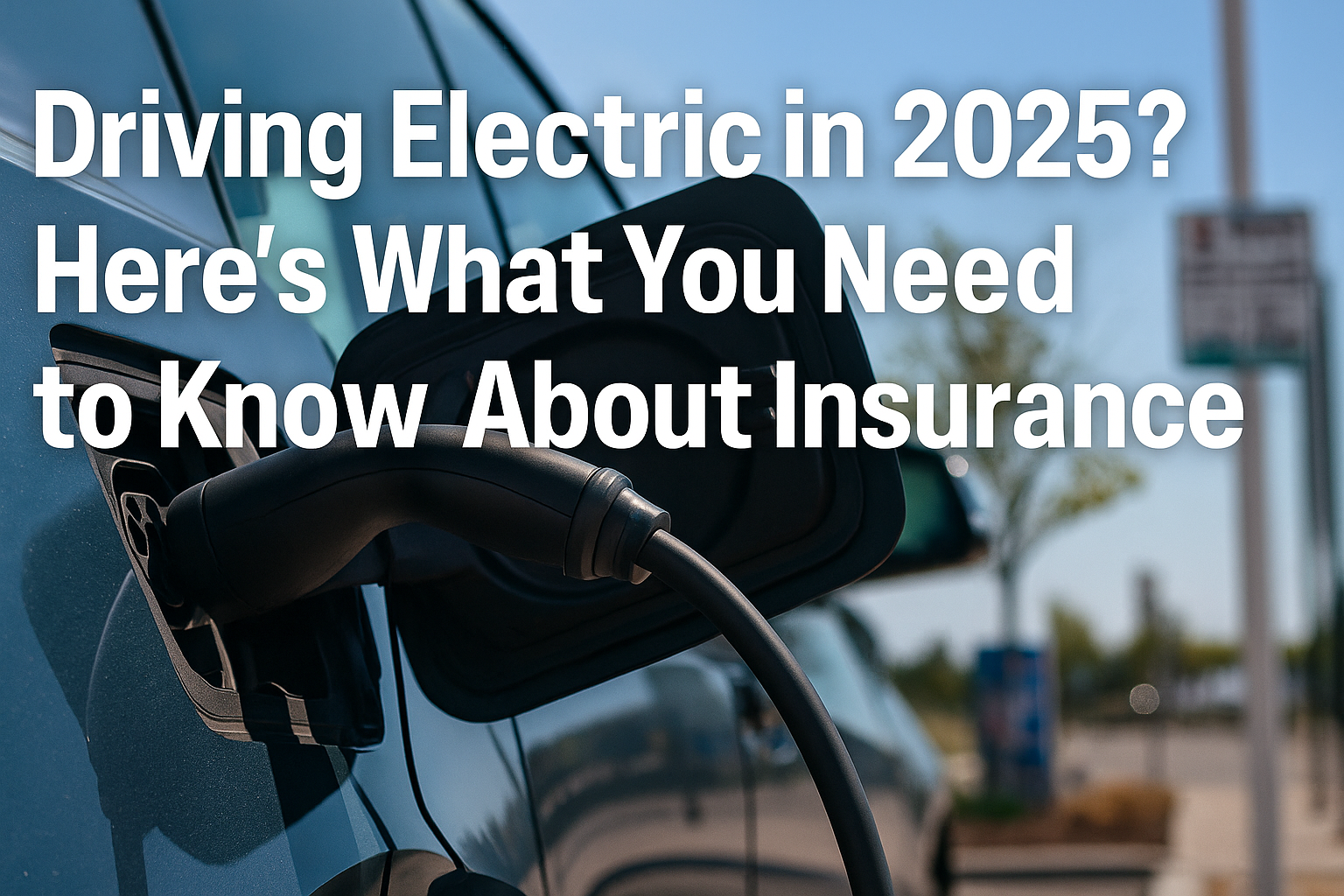
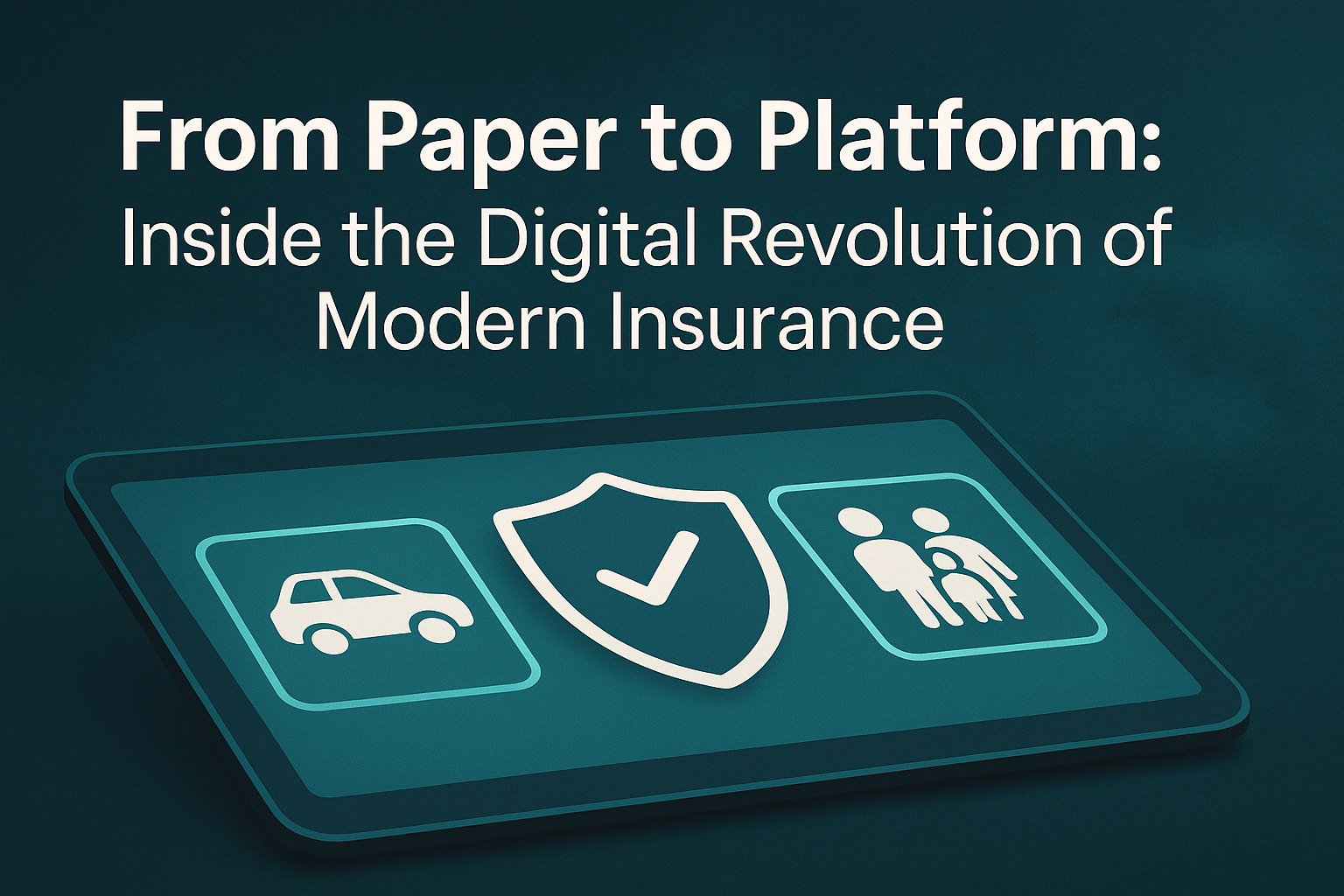
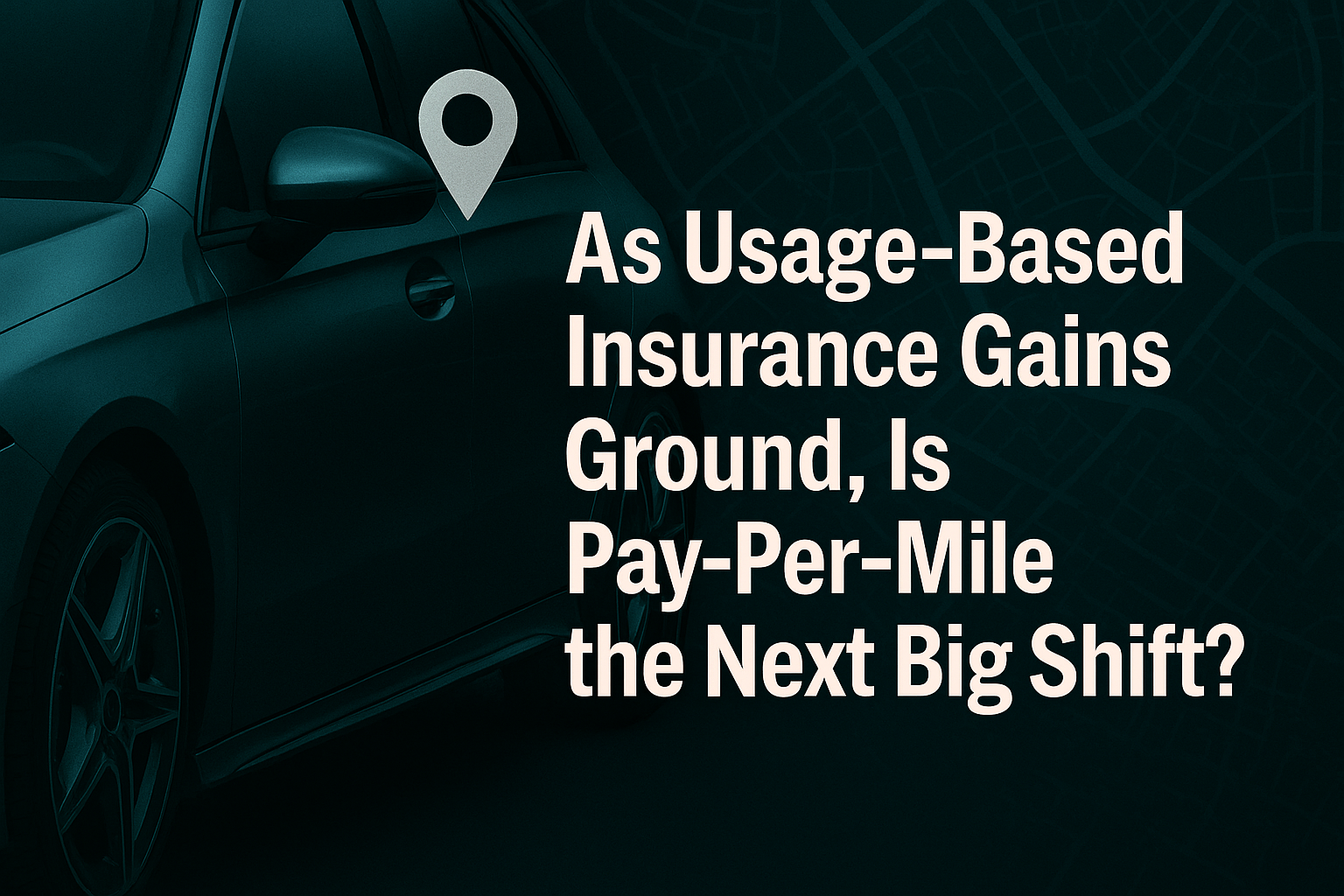
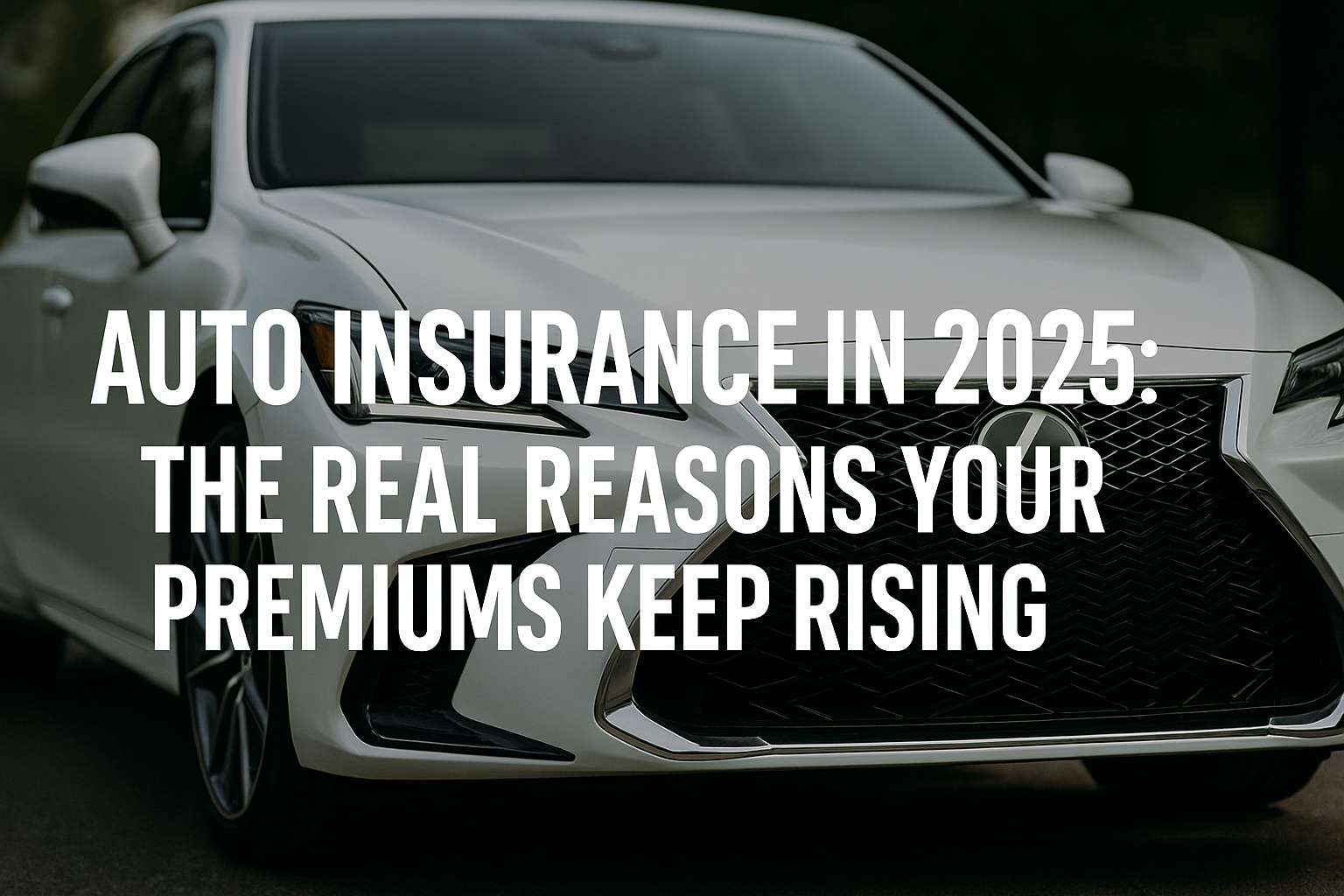
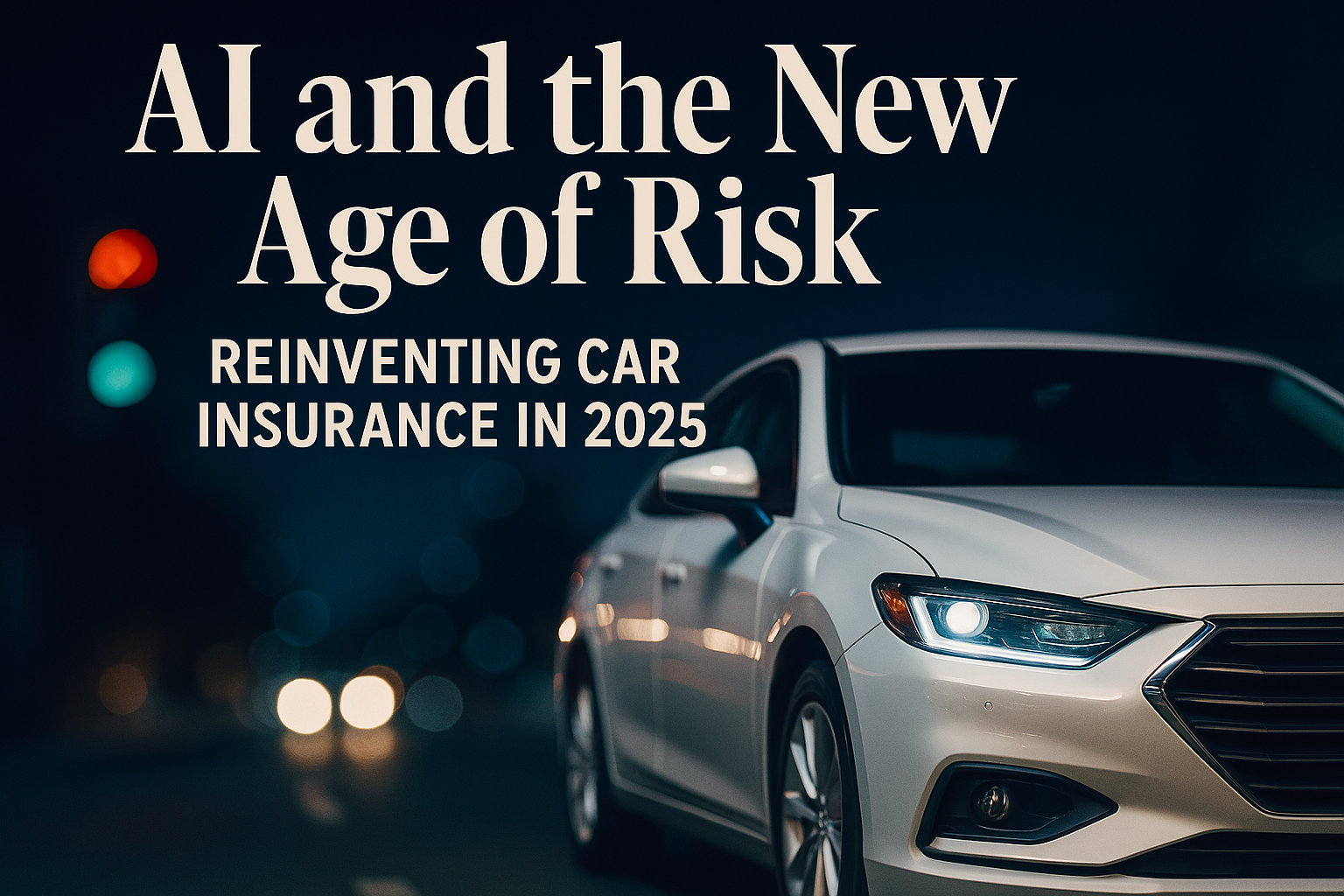




Leave a Reply